What's in Store - March 2022?
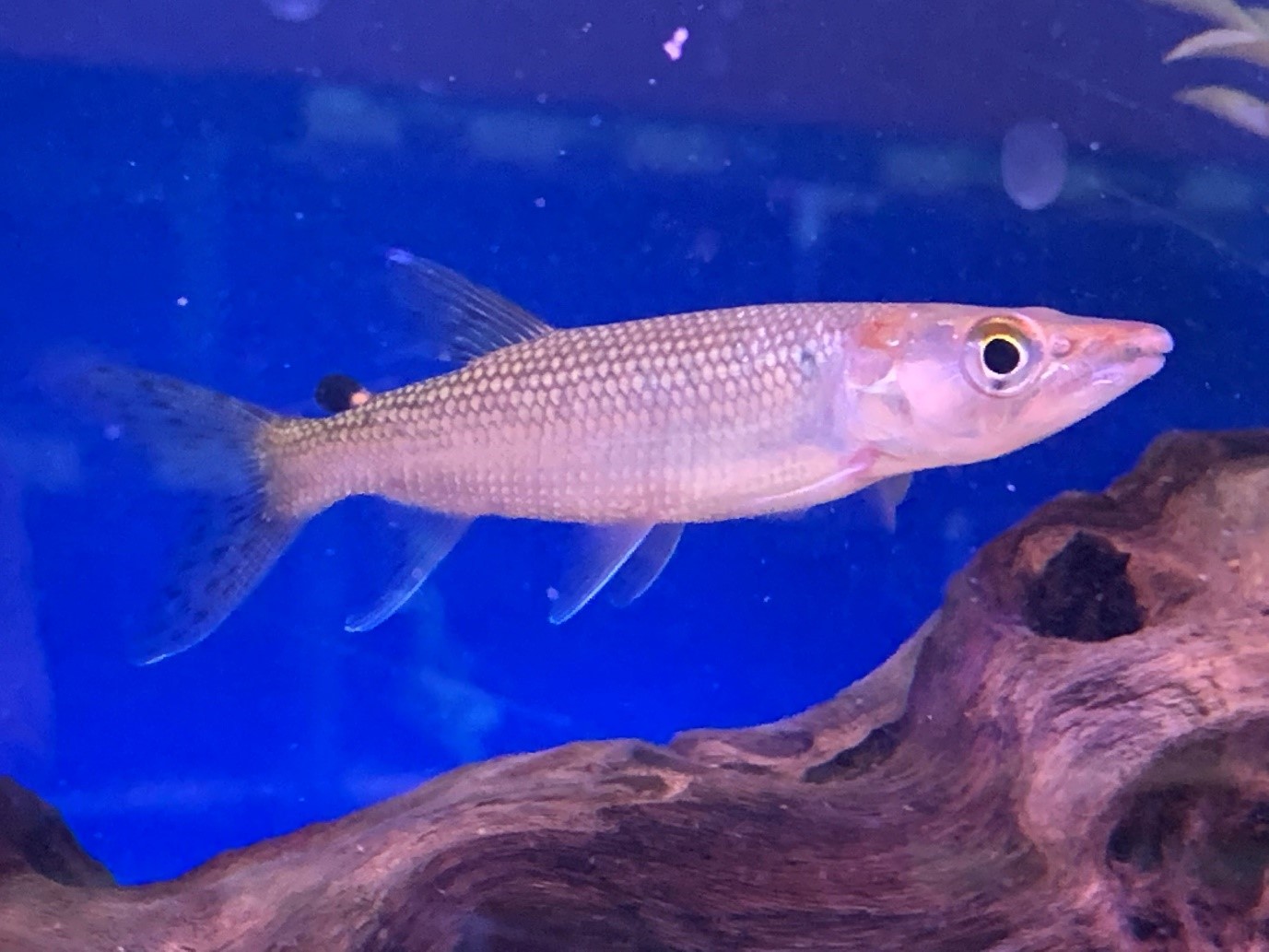
Evolution is economical and produces the same solution to the same problem with regularity. This is why many unrelated animals share similar features and is referred to as convergence, or convergent evolution. For fishes, it means that a streamlined shape with the sudden acceleration needed to catch fast-moving prey often leads to a familiar body shape, with powerful fins at the back and a pointed mouth full of even pointier teeth.
Given where we first encounter this classic body form, it explains many common names such as African pike characin (Hepsetus odoe) that highlight the similarities with our native Pike (Esox lucius) that are only skin deep – this fish is more closely related to tetras. Fish like these demand huge tanks and are not for everyone, reflected in the rarity of juveniles such as this one at our Leicester store. Such toothy beasts make rewarding pets in the right home, which means an aquarium large enough for its owner to lie down in as a starting point.
You’ll find more care information here, in their databank profile:https://www.fishkeeper.co.uk/help-and-advice/freshwater/characins/african-pike-characin
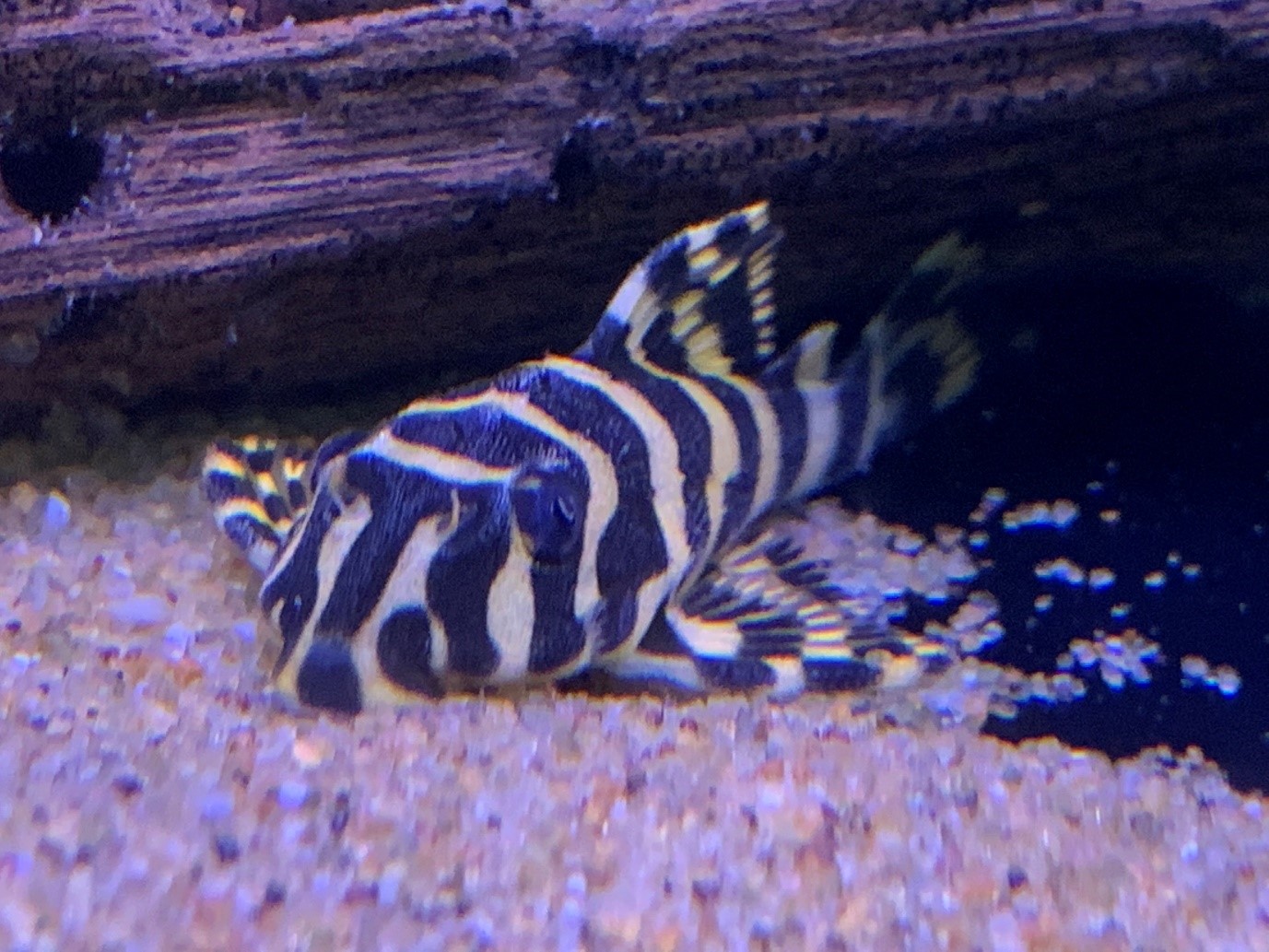
There’s no shortage of good-looking L number plecs and this group of catfishes have quite a cult following. Many of these species are becoming available as captive bred youngsters and this striking L134 Leopard frog plec (Peckoltia compta) can’t help but catch the eye, with its brightly banded juvenile pattern. Given that we tend to get these fish in small numbers from our breeders and they can be a little shy, it’s well worth hunting for them as you walk around our fish systems. No such challenge from this particular fish at our Swindon store.
https://www.fishkeeper.co.uk/help-and-advice/freshwater/catfish/leopard-frog-peckoltia-l134/
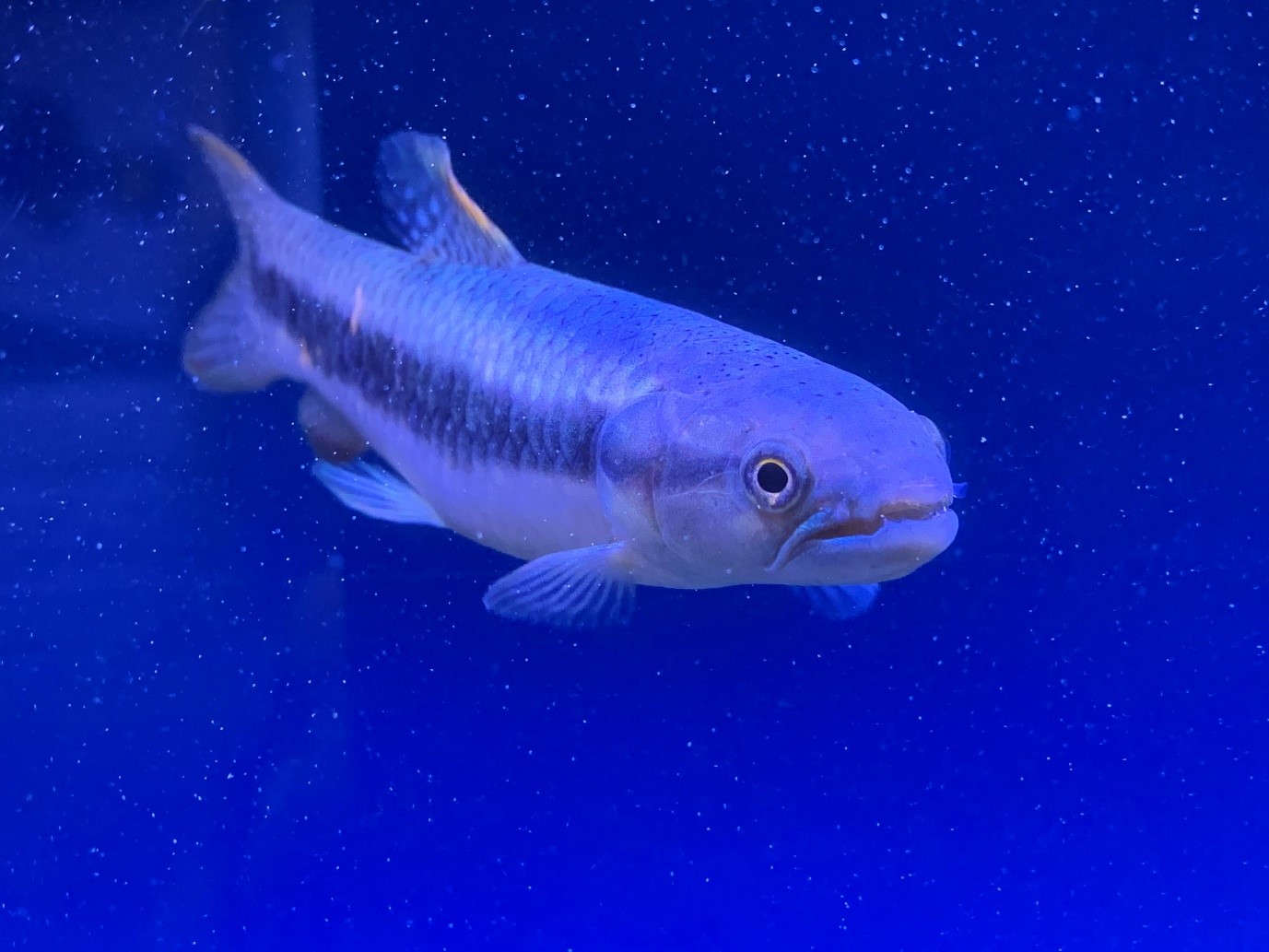
A pocket-sized terror in the tetra family tree (and flooded forests), there’s no denying the character of this Red wolf fish (Erythrinus erythrinus) seen recently at our Shrewsbury store. A smaller member of its family, it may not be the big, bad wolf but it still reaches around 20cm. As a sit and wait predator, these fish aren’t particularly active but still appreciate the opportunity to choose just the right spot to do nothing in an aquarium which provides plenty of cover.
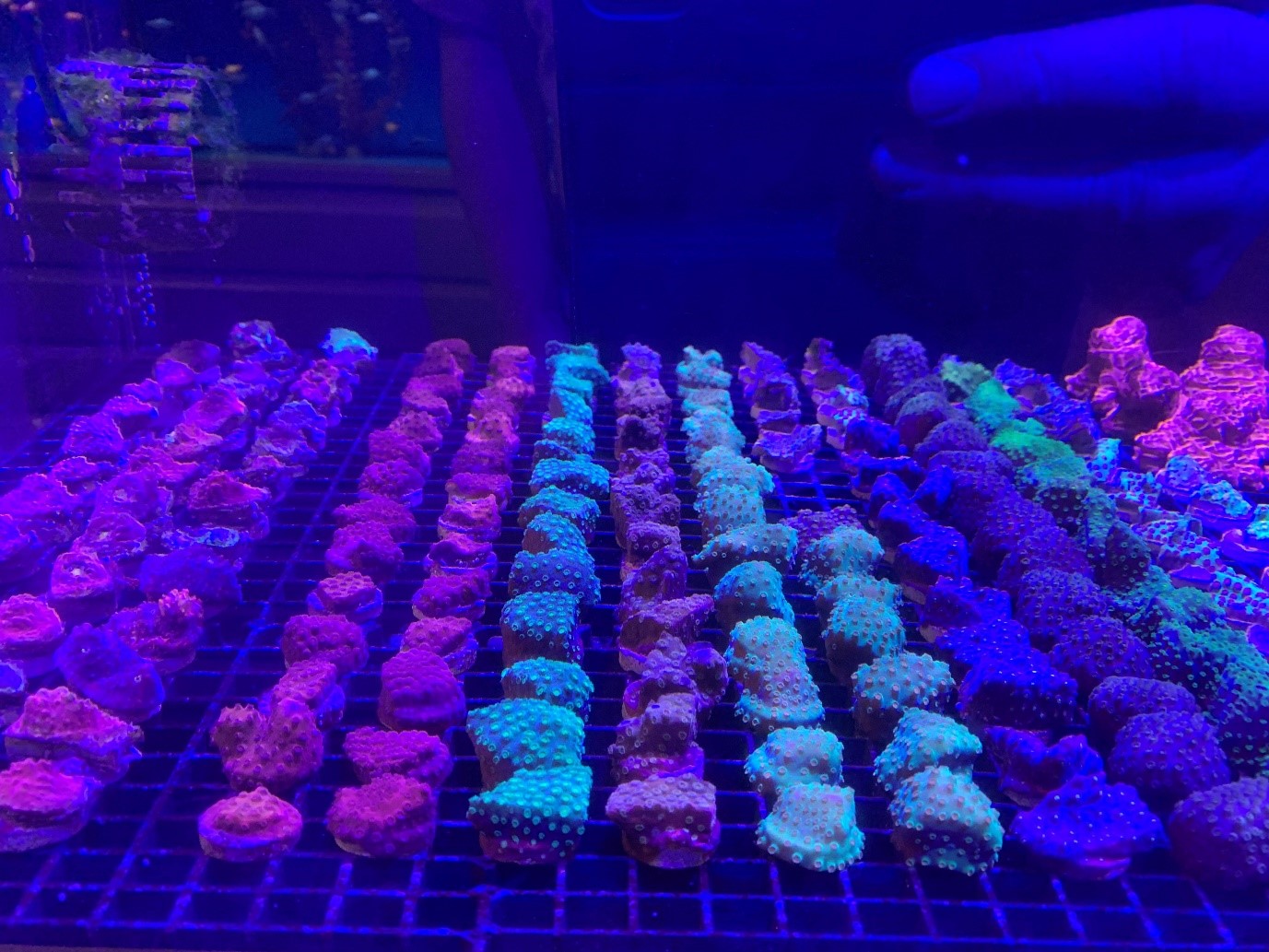
A visit to one of our specialist marine stores such as Reefkeeper Rugby, always reminds me of that childhood sweetshop feeling. Row after row of tempting frags give today’s marine enthusiasts the opportunity to grow their own coral reef at home, from propagated miniature corals that have adapted to aquarium conditions and are destined to thrive thousands of miles away from the nearest tropical coral reef.
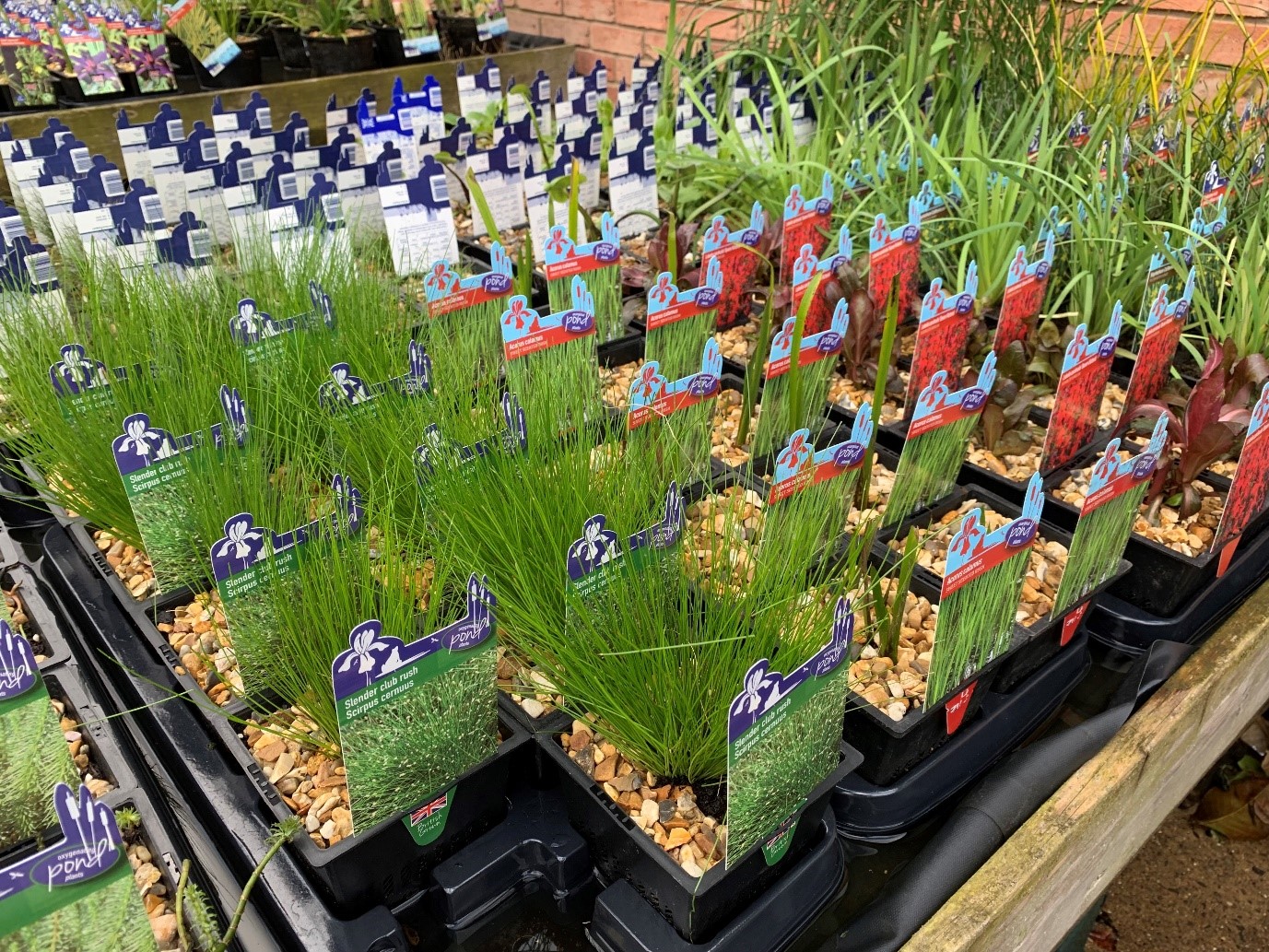
The rain’s getting warmer and less horizontal, if this wasn’t enough of a harbinger of spring, the first deliveries of pond plants are staring to appear in our stores. From now on, you’ll see more of these herbaceous plants as they come into growth and start flowering – starting with the hardy structural sedges and rushes.
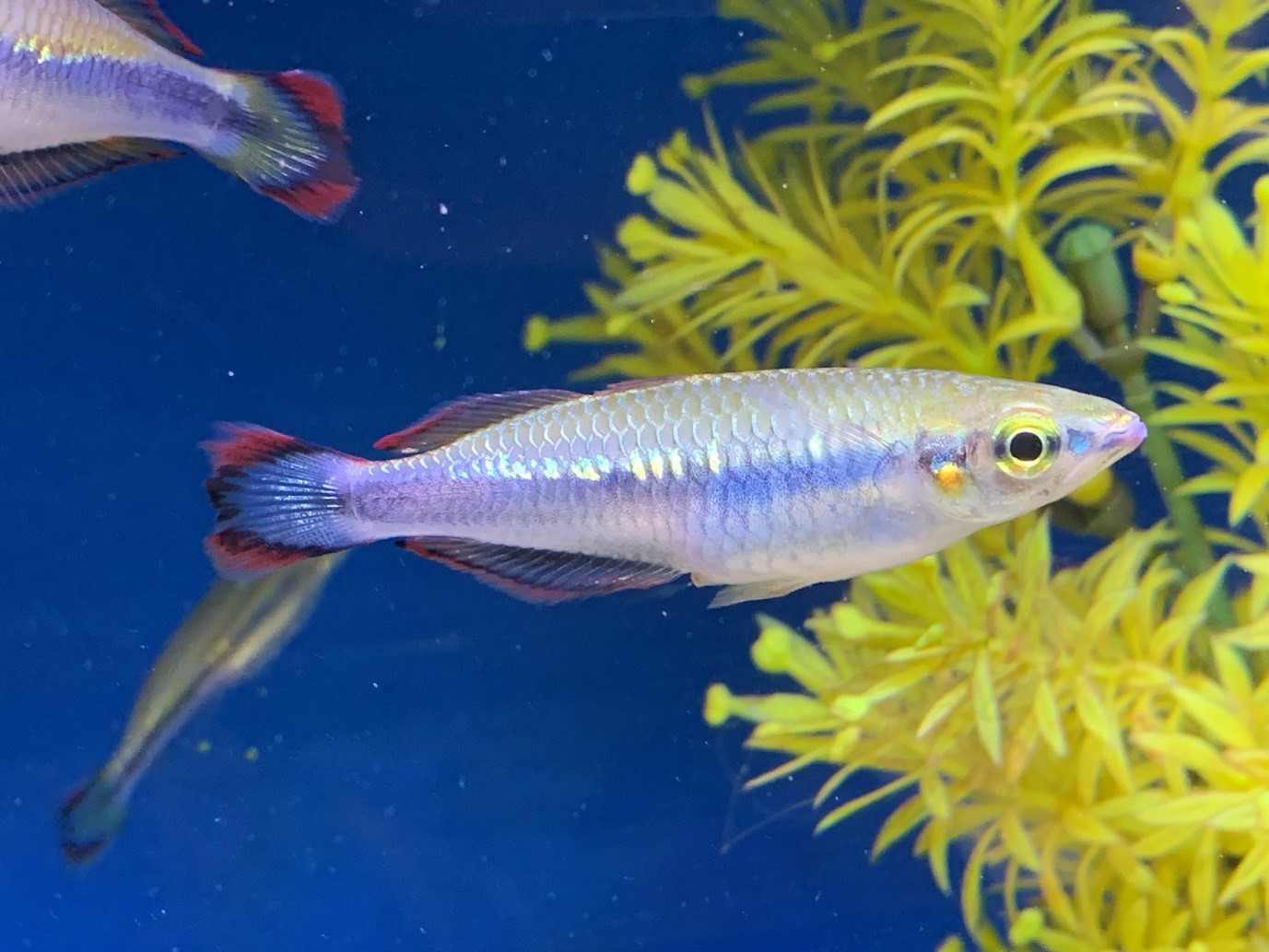
Miles away from the familiar Australasian species, the Madagascar rainbow (Bedotia madagascariensis) has been a popular aquarium fish but was misidentified as B. geayi for decades. Whatever you call it, this fish makes a great choice for the larger community tank and like much of Madagascar’s native fish fauna, their wild relatives are threatened by habitat loss. There are undoubtedly many more of them swimming in the relative safety of household aquaria than in their ancestral home.
https://www.fishkeeper.co.uk/help-and-advice/freshwater/rainbow-fish/madagascar-rainbowfish/
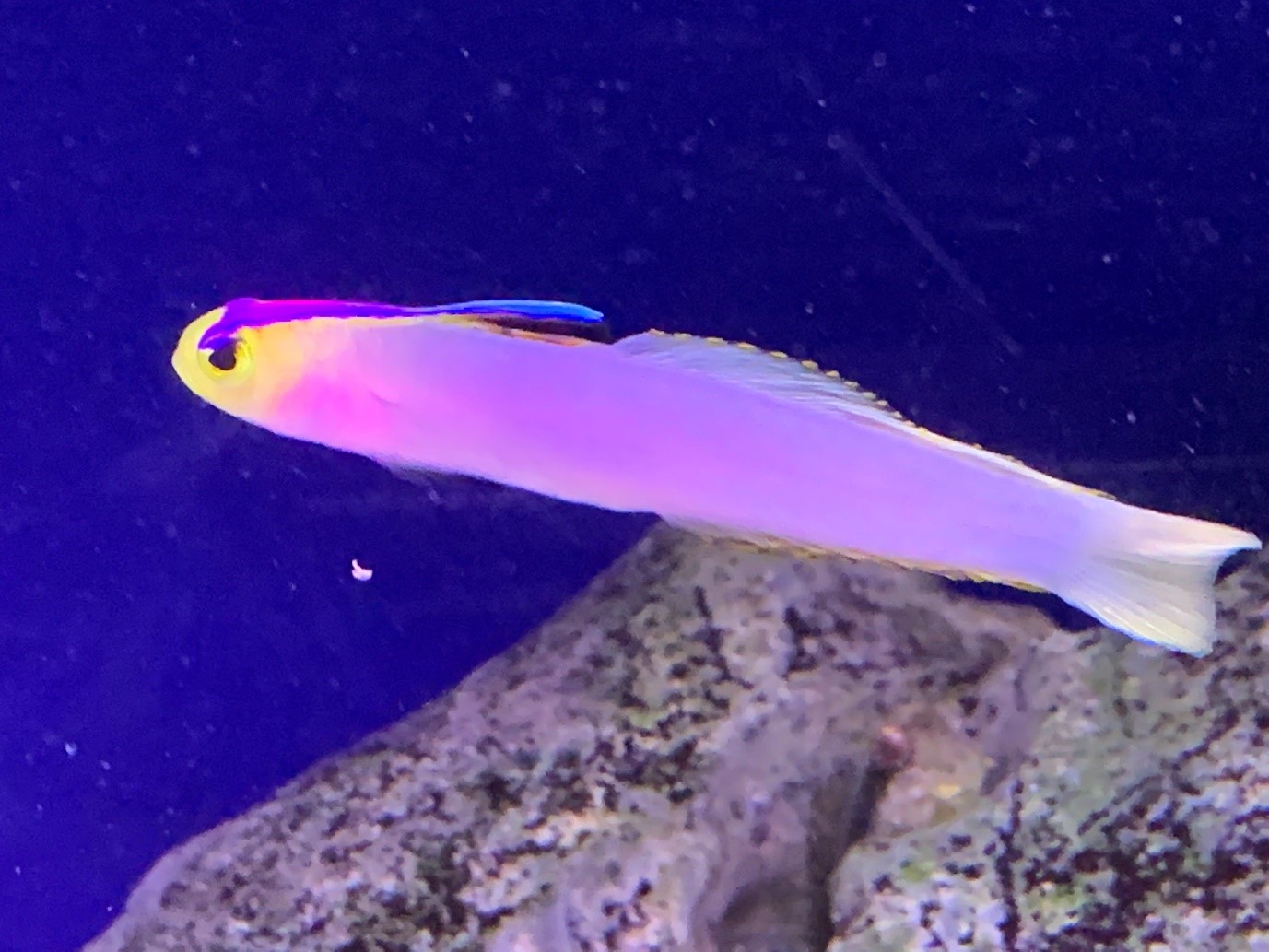
It’s easy to forget that the striking colours of marine fish often look very different in the wild, where a distinct blue tint alters things considerably. The soft pink and violet hues of Helfrich’s firefish (Eleotris helfrichi) look very different in the depths of the reef and these fish still look very striking under the blue lights favoured by many reef keepers. This one caught our eye at our Endsleigh store.
https://www.fishkeeper.co.uk/help-and-advice/marine/miscellaneous-fish/helfrichs-firefish/
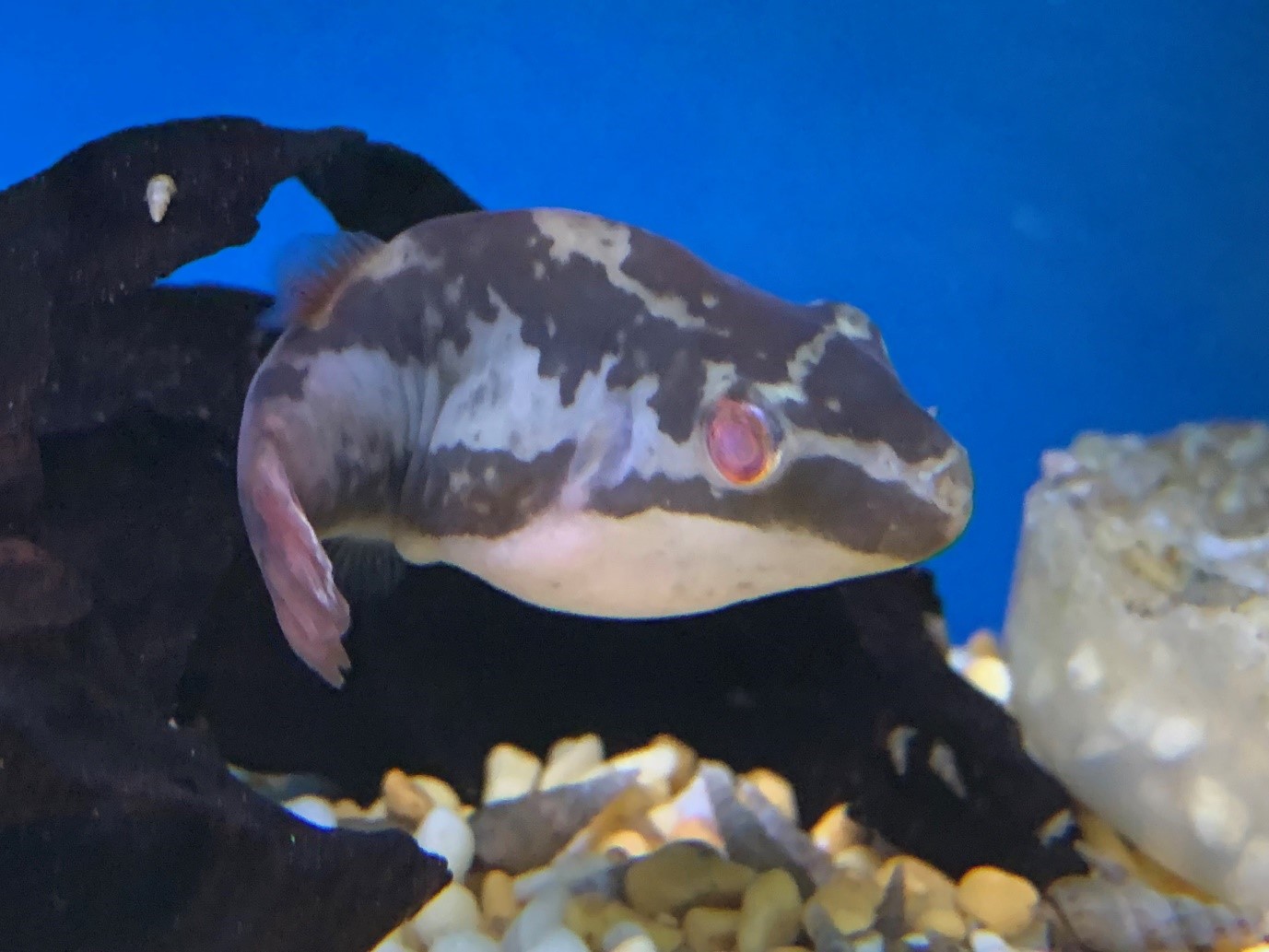
Freshwater pufferfish are often a tricky blend of adorable and psychotic. This combination of traits makes them best appreciated in a species tank, where you don’t have to see too much of their bad side! Fortunately, the Red-tailed red eyed puffer (Carinotetraodon irrubesco) is happy to live in groups consisting of a single male and multiple females, or multiple males can be kept in a large well-planted setup, where each can claim a territory. These were looking curious at our Stratford store.
https://www.fishkeeper.co.uk/help-and-advice/freshwater/miscellaneous/red-tailed-red-eyed-puffer-
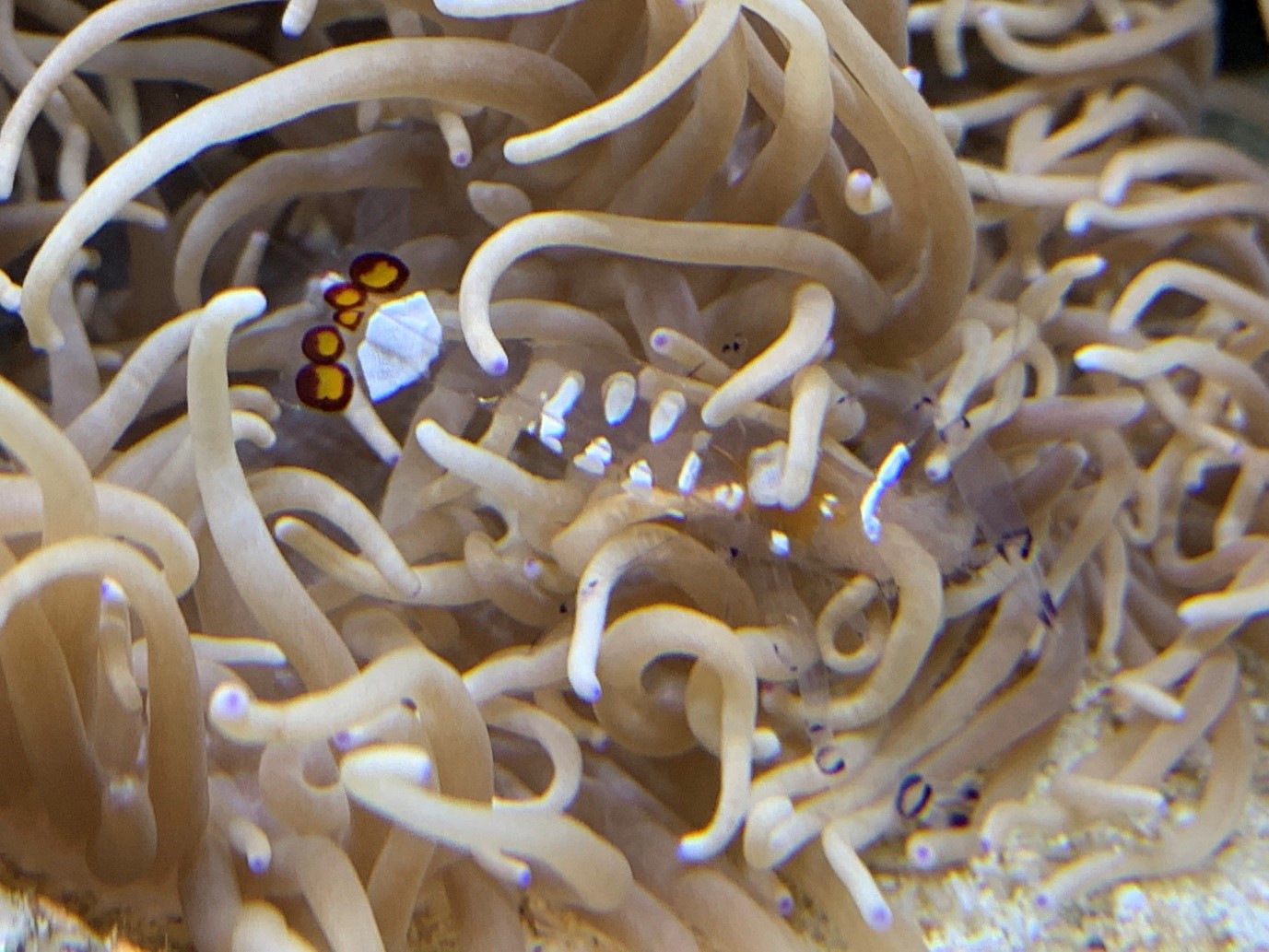
It’s not just clownfish that live in anemones. This Anemone shrimp (Ancylocaris brevicarpalis) has an oddly clownfish coloured tail (maybe there’s a uniform?) but is largely transparent. A generalist, it happily lives in a range of anemone hosts, including Carpet anemones. As a part-time cleaner of fish, it should be one of the safest animals on the reef, as predatory fishes and even octopuses avoid eating beneficial crustaceans. Unless your aquarium is home to enormous anemones, it’s best not to house these shrimps alongside clownfish, who will generally drive them out of their host. For a small reef, with a suitable host, these are a fascinating addition. This one was a lovely surprise at our Huntingdon store, but they’re easily overlooked.
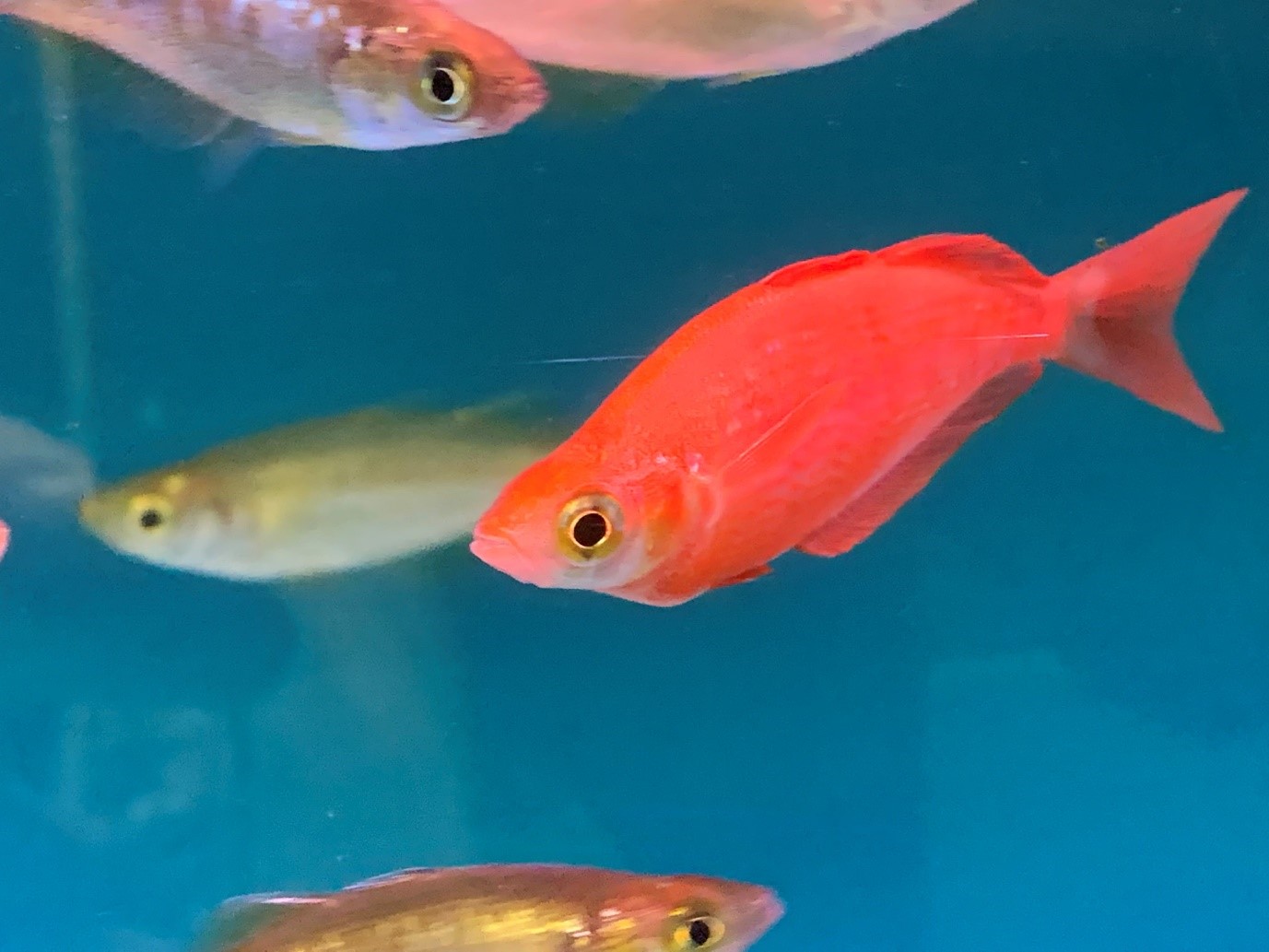
Having featured its smaller cousin recently, it seems only fair to showcase the original Red rainbow (Glossolepis incisus). This is one of the original species which sparked interest in the rainbowfishes as aquarium pets and males grow to be very impressive specimens when housed as groups in a large, planted aquarium. They’re a great choice for adding contrast to an aquarium housing all but the smallest community fish and that scarlet to burgundy red really stands out against the greens of aquarium plants.
https://www.fishkeeper.co.uk/help-and-advice/freshwater/rainbow-fish/red-rainbowfish-


